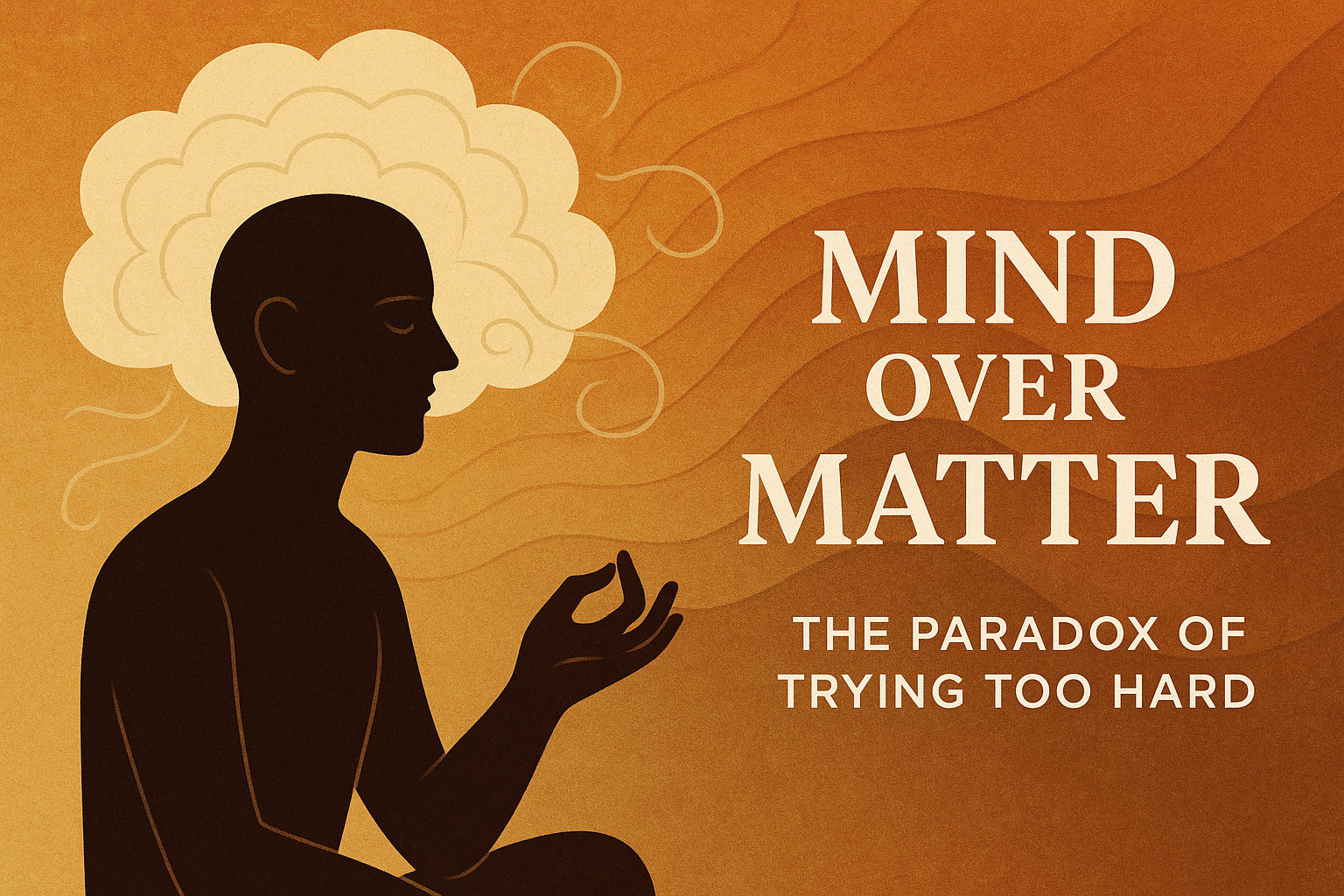Awareness in the Present vs. Autopilot
Understanding the Two States of Consciousness

In our fast-paced world, it’s easy to drift through life on autopilot—where we go through the motions, complete tasks, and move from one thing to the next without really being present. But there’s a distinct difference between living in this automatic mode and truly being aware in the present moment. These two states of awareness—present awareness and autopilot awareness—can shape how we experience life. Let’s explore the subtle but profound differences between them and how being present can unlock a deeper, more coherent way of living.
Awareness of Being Present: Clarity and Coherence
When we are truly present, our awareness is fully engaged in the current moment. This is the kind of awareness often associated with mindfulness or meditation, where we’re deeply connected to our surroundings, emotions, and actions in real-time.
In this state:
- Our minds are clear and intentional.
- We’re fully conscious of what we’re doing, whether that’s having a conversation, working on a project, or simply observing our breath.
- This awareness brings a sense of peace, as our attention isn’t split between what was and what might be—it’s focused on what is.
Being present means more than just paying attention. It’s about feeling the moment in its fullness, where every action and sensation seems to flow with purpose. For example, during a conversation, being present might mean listening not just to the words, but also to the tone, the body language, and the emotions behind them. You’re fully immersed in that exchange, which creates a deeper connection and understanding.
Autopilot: Fragmented Awareness
On the other hand, when we’re operating on autopilot, we’re still aware, but in a more passive, fragmented way.
This kind of awareness is often characterized by habitual thinking and actions—those moments when you’re physically present but mentally elsewhere.
In this state:
- Our awareness is scattered, bouncing between past worries, future anxieties, or random thoughts.
- Actions often feel mechanical or routine, as we rely on ingrained habits rather than intentional choices.
- This autopilot mode can leave us feeling disconnected or like we’re just going through the motions.
For example, have you ever driven to a familiar location and realized you barely remember the journey? Your mind was likely elsewhere, running through thoughts while your body performed the task automatically. This is autopilot—useful for routine tasks, but it can rob us of deeper experiences and meaning in everyday life.
The Key Difference: Conscious Engagement
The critical difference between these two states is the level of conscious engagement. In present awareness, we choose to fully participate in the moment. It’s active, intentional, and coherent. Autopilot awareness, however, is more passive, driven by unconscious habits or distractions.
While autopilot serves a purpose for routine tasks, the richness of life often comes from being truly present.
When we engage fully with the moment, we find a deeper sense of peace, clarity, and fulfillment.
Bridging the Two States: Cultivating Present Awareness
We all drift between these two states. The key is not to eliminate autopilot entirely but to recognize when we’re in it and gently guide ourselves back to presence when it matters most.
Here’s how you can cultivate more present awareness in daily life:
- Pause and Breathe: When you notice your mind wandering or operating on autopilot, take a few deep breaths. This simple act can help bring your awareness back to the present moment.
- Check In with Yourself: Throughout the day, ask yourself: Am I fully here? This question helps increase self-awareness and catch those moments when you’re drifting.
- Mindful Transitions: Whether you’re transitioning from work to home, or between different tasks, take a moment to refocus. Mindful transitions can help you reset and bring a fresh perspective to each new moment.
- Engage with Your Senses: One of the quickest ways to return to presence is through your senses. Notice the sounds, smells, and sights around you, or feel the texture of what’s in your hands. Grounding yourself in sensory experiences can pull you out of autopilot and back into the now.
Embrace the Power of Being Present
While we may spend much of our time on autopilot, the real magic happens when we choose to be present. It’s in these moments of conscious engagement that we find clarity, connection, and a deeper sense of purpose. By cultivating present awareness, we can experience life more fully, with more intention and joy.
Share









